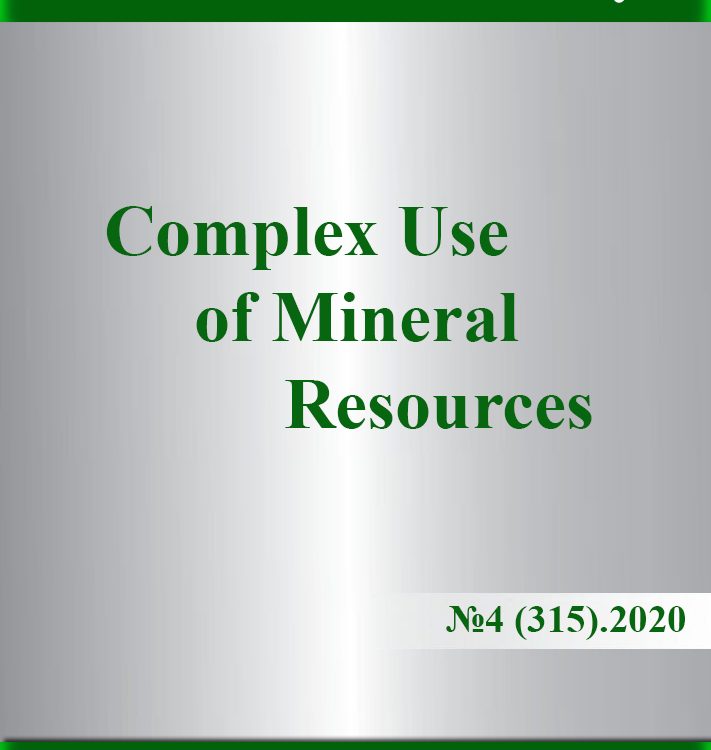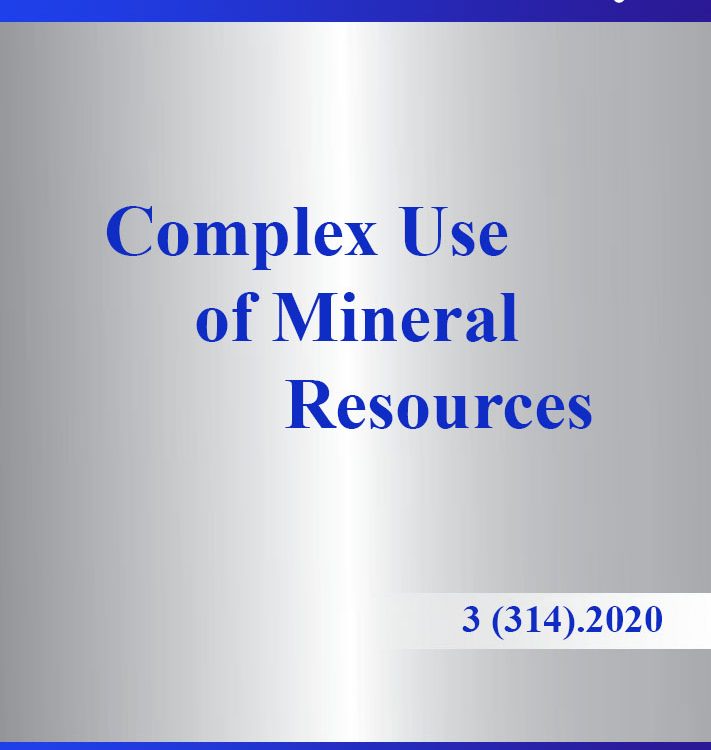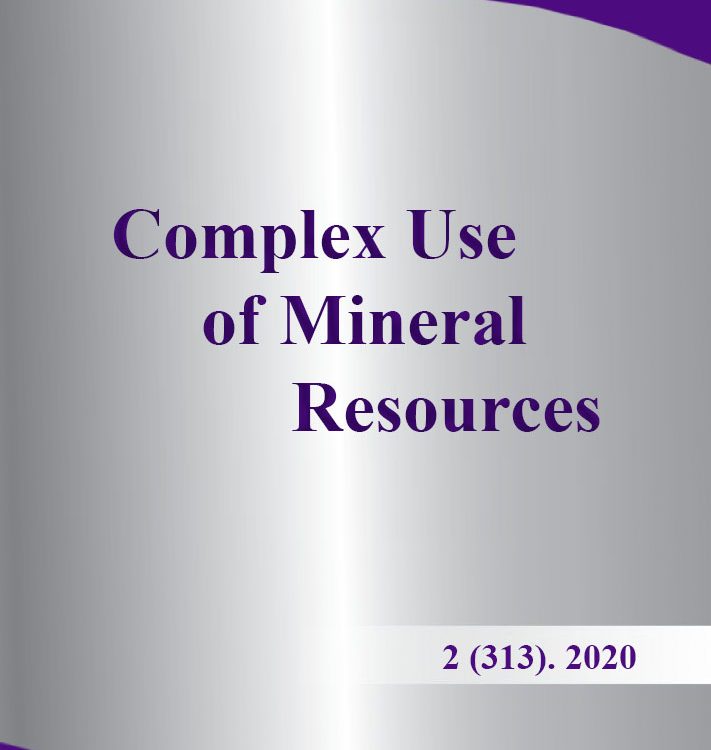Title: The algorithm of development safe methods for depositing metallic coatings by CVD-method of organometallic compounds
Authors: Kozyreva L. V., Fadeev O. V., Yudin A. O.
Abstract: The CVD-method of organometallic compounds is a universal method of obtaining functional metal coatings on substrates of various chemical composition and configuration. The essence of the method is the evaporation (sublimation) of the organometallic compound in the reactor of the metallization unit and the deposition of metal on the substrate heated to the decomposition temperature of the initial reagent. This article presents the results of research work group of authors to create the algorithm of development safe methods foe depositing metallic coatings by CVD-method. The increase of the industrial safety of metallization is achieved due to automation of the process, equipping the plant for the application of metal coatings with locking and alarm systems. The ecological nature of the CVD-method, in which extremely hazardous substances were used as initial reagents, was ensured by sealing equipment and conducting the process in a closed cycle with the possibility of re-use of the reagents. This eliminated the flow of pollutants into the environment and allowed the implementation of the principles of resource and energy conservation.
Title: The effect of rubber on the mechanical properties of epoxy and carbon fiber (Review)
Authors: Meiirbekov M. N., Ismailov M. B.
Abstract: The paper presents published data on the effect of rubber elastomers on the strength properties of epoxy resin (ES) and carbon fiber. The introduction of 10% rubbers into ES ED-20 leads to an increase in compressive strength by 50%, tensile strength by 51%, impact strength by 133% and elongation by 128%. The optimal content of rubber with carboxyl groups for the OLDEN mixture was 10-12.5%, while the increase in compressive strength was 48%, impact strength - 73% and elongation - 187%. For DER 331 resin, the study was conducted with two hardeners Piperidine and DETA. The best results for Piperidine hardener were obtained on rubber with hydroxyl groups, with its optimal content of 2.5%, impact strength increased by 170%. For the hardener DETA, the best results were obtained on rubber with carboxyl groups at its optimal content of 10%, the increase in impact strength was 66%. When modifying carbon fiber with rubbers, it leads to a significant increase in the yield strength in tension by 42%, the modulus of elasticity in bending by 63%, and with a slight loss of impact strength.
Title: Studying of possibility for breakdown of ilmenite concentrate with ammonium sulphate
Authors: Krysenko G. F., Epov D. G., Medkov M. A., Merkulov E. B.
Abstract: The data on investigation of the possibility of breakdown of ilmenite concentrate of the Ariadnensky deposit in Primorsky Krai with ammonium sulfate are presented in the article. For study the ilmenite concentrate and ammonium sulfate interaction, the concentrate and (NH4)2SO4 were mixed based on the formation of sulfates of the main components of the concentrate and then double sulfates of the components of the concentrate and ammonium. The interaction was carried out in glassy carbon crucibles, which were placed in a muffle furnace controller company Nabertherm GmbH (Germany). The weight of sample was 10–40 g. Thermogravimetry, X-ray diffraction and atomic absorption analyses were used in the study. It was found that when the temperature of thermal decomposition of (NH4)2SO4 (3000С) is reached, the interaction of the main components of the concentrate with (NH4)2SO4 begins and proceeds in the temperature range of 300-3600С with the formation of a mixture of double salts well soluble in water - ammonium sulfate and iron compounds (NH4)2Fe2(SO4)3 and NH4Fe(SO4)2 and ammonium sulfate and titanyl of the composition (NH4)2TiO(SO4)2. The interaction at a temperature above 3600С leads to thermal decomposition of the formed double sulfates of ammonium and titanyl and ammonium and iron to sulfates and then oxides. It was shown that water leaching of the product of the interaction of ilmenite concentrate with (NH4)2SO4 at 3600С allows to extract practically all titanium and the bulk of iron to water in the form of well soluble double salts. The conditions for the titanium dioxide separation in the form of anatase from the water leaching solution were found.
Title: The solubility of Cu, Pb, As, Sb of copper-lead matte in the slag
Authors: Dosmukhamedov N. K., Zholdasbay Е. Е.
Abstract: An installation was developed and studies were carried out to determine the oxide solubility of copper, lead, arsenic, and antimony from copper-lead matte to slag under conditions of controlled values of РО2=2,74*10-4 Pa and PS2=1,45*102 Pa, applicable to smelting reduction processes of copper-, lead-containing raw materials. It was found that the oxide solubility of copper from matte to slag increases monotonously with an increase of copper content in the matte. The presence of lead in the matte does not significantly affect the final solubility of copper in the slag. In a reducing atmosphere, the solubility of copper in slag is 0.28-0.35%, at the range of copper content of 30-45% in the matte, which is typical for industrial practice. The solubility of lead from copper-lead matte to slag has higher values and increases to 1%. According to the results of mineralogical studies, there is no metallic form of arsenic in slags. Arsenic in slags was found in the form of oxide (As2O5) bound to silicate. Antimony in slag was found in oxide and metallic form. Moreover, the proportion of the last form in the slag prevails. It is shown that under reduction conditions the sublimation of arsenic and antimony from copper-lead matte is difficult. Equilibrium concentrations of As, Sb in the slag (0.17%) are achieved with their optimum content in the matte which is about 0.63%. Obtained results can be used to predict the loss of oxide solubility of copper and to develop optimal solutions to reduce the total loss of copper with slag during the reduction processes of separate processing of copper-, lead containing raw materials.
Title: Thermal degradation of hard alloys of the niobium-cadmium system at low pressure
Authors: Volodin V. N., Tuleushev Y. Zh., Kenzhaliyev B. K., Trebukhov S. A.
Abstract: Due to the lack of data on the double film Nb-Cd system thermal stability, the effect of thermo-vacuum treatment of cadmium solid solutions in niobium, in intermetallic compound NbCd2 and in cadmium-based alloys on the structure of materials was studied. A step-by-step isochronous annealing at a temperature of 300 and 500°C and a pressure of 1·10-3 Pa was used as the research method followed by tracking changes in the composition and structure by comparing the diffractometric data before and after heat treatment. The amount of cadmium in the coating, the sublimation (evaporation) rate of cadmium from film coatings was determined based on the previously established dependence of the lattice parameter of the body-centered cubic lattice of solid solutions on the composition. As a result, the heating of film coatings (49.0 - 64.5 at % Cd) represented by solid solutions in high vacuum up to 300°C was founded to be accompanied by the onset of intense degradation of the crystalline niobium-cadmium system due to the diffusion of cadmium atoms to the solid phase-vapor interface and its subsequent sublimation. Coatings from the NbCd2 intermetallic compound which is a degenerate semiconductor and cadmium-based solid solutions (72.5 and 76.8 at % Cd) including the amorphized phase of the intermetallic compound, after exposure at this temperature are degraded due to the complete transfer of cadmium to the vapor phase by evaporation. Upon thermal exposure to a temperature of 200°C, the structure of solid solutions of cadmium in niobium and the NbCd2 intermetallic compound was stable.
Title: Decrease in chromium losses due to the effective dehydration of sludge generated during the production of chromium pellets
Authors: Tusbayev B.N., Akimzhanov Z.A., Kolesnichenko V.Y., Stogov A.V.
Abstract: The study was aimed at reducing losses of chromium due to the effective dehydration of sludge generated during the production of chromium pellets. The results of studies on thickening and filtering sludge are presented. The study showed that Flopam AN926 is an effective flocculant for thickening sludge, while the solid content in the thickened sludge increases from 1-2% to 50-55% with a specific thickening operation of 0.02 t/(m2*h) and a clean top discharge 150 mg/l. In the process of press filtration, the moisture content of the sludge is reduced to 13.4% with a specific productivity of 0.1 t/(m2*h). Dehydrated sludge can be used for the production of chrome pellets or for the smelting of ferroalloys.
Title: Determination of rational location of working of the pulled together layers
Authors: Tutanov S.K., Tutanova M.S.
Abstract: The distances rationale for the conditions given in the article are determined, at which there is no noticeable effect of K2 formation lava on K3 formation lava, and the bottom hole state is characterized by minimal values of formation deformations and rock convergence. The obtained results are confirmed by practical observations in production conditions. Thus, the decrease in the distance between the lavas K3 and K2 admitted at the mine. I. A. Kostenko very significantly complicated the work of lava K3, which led to an increase in the extraction of coal in the face, the violation of the bottom-hole part of the roof, the formation of domes. All the main technical and economic indicators of lava K3 sharply decreased and increased the risk of work. As the calculations show, a significant factor determining the mutual influence of treatment faces in the conditions of simultaneous mining of close-knit layers is also the normal distance between the layers. The joint influence of the power of the inter-zone and the distance between the lavas are taken into account. The calculations allow to objectively assess the influence of various factors on the formation of the stress-strain state of the massif around the mines during the mining of contiguous seams, to explain arising in practice, complications in the love, and to provide for the possibility of such complications. Based on the analysis of Kostenko mine issued recommendations to establish a rational distance between lavas K2 and K3 in specific conditions 70 m.
Title: Study of the process of cyanide leaching of gold using sodium acetate at different ore sizes
Authors: Yessengarayev Ye. K., Baimbetov B. S., Mamyachenkov S. V., Surimbayev B. N., Prozor N. G.
Abstract: Intensification of metal extraction by leaching is a complex of organizational and technical measures aimed at achieving the fastest and complete extraction of metal from ore. Measures to intensify leaching are aimed at completely or partially neutralizing the causes that cause a decrease in the leaching rate. Tests were performed on cyanide leaching of gold from gold-containing ore with the addition of sodium acetate to intensify the leaching process. The results of assay-gravimetric, chemical, mineralogical and granulometric analysis of oxidized ore are presented. According to electron-probe analysis, gold in the ore is present in the form of thin (micron) inclusions in minerals and ore rocks. A study was conducted on leaching of crushed ore with a size of 90% of the class -0.074 mm and crushed ore with a size of -12+0 mm. Leaching of crushed ore with a size of 90% of the class -0.074 mm showed that when adding sodium acetate, the gold recovery rate increases by 1.13 % compared to leaching without adding this reagent. When leaching crushed ore with a size of -12 + 0 mm with the addition of acetate, gold recovery increases by an average of 4 %, and the kinetics of gold dissolution improves. Research data prove that sodium acetate can be used to intensify gold at a ore size of -12+0 mm and in larger ore classes for leaching gold.
Title: Determination of the boundary influence of cleaning works at combined geotechnology on deep Dongok mines horizons
Authors: Bekbergenov D., Jangulova G., Bektur B.
Abstract: This article presents the results of studies of the technological scheme when determining the boundary effect of treatment at the DON GOK mine. The main and determining indicators when choosing the method and technological scheme for mining ore deposits are the geological conditions of occurrence of ore bodies and host rocks, their geostructural structure, strength, deformability and stability. Based on a detailed and thorough study of these indicators, the issues of assessing the geotechnical state of the massif in the process of mining are being resolved, the parameters of the main technological processes of the adopted development system are being determined, and the issues of ensuring the efficiency, reliability and safety of operational work are being addressed. In this regard, there is a need to reveal the nature of these complications and, based on the laws of mining processes associated with mining, it is reasonable to choose methods of technological development schemes, determine their parameters in order to exclude accidents and ensure rational subsoil use.
Title: Monitoring of qualitative and quantitative indicators technological schemes for the production of copper at the enterprises of Kazakhstan
Abstract: New calculation formulas for estimating the technological uncertainty and completeness of each process and the scheme as a whole are derived. A high correlation is established between the ideal hierarchical structure of complex systems and the structure of technological schemes for real metallurgical copper productions. Thus, the problem of theoretical substantiation and practical application of unified information laws for the comparative assessment of competing technological schemes and improvement of existing metallurgical industries, ensuring the achievement of the goal in the most technological way, is solved. The studies carried out in the work are completely original. A significantly high scientific level of the work is defined by the use of modern information technologies in solving practical problems in the production with the aim of comparative estimation and improving individual technological processes and schemes on the whole on the basis of the unified index which represents an objective complex technological value of chemical-and-metallurgical (and any other) production on the basis of fundamental laws of conservation. There is considered using the formulae obtained for uncertainty and completeness of each technological operation for calculating the complex uncertainty and completeness of the technological scheme on the whole on the example of typical metallurgical productions, first of all, non0ferrous metals characterized with the most variety. There are suggested new aspects of entropy-and-information analysis of chemical-and-metallurgical processes and technological schemes on the whole, new calculation formulae for determining the level and system determinations of technological systems.





